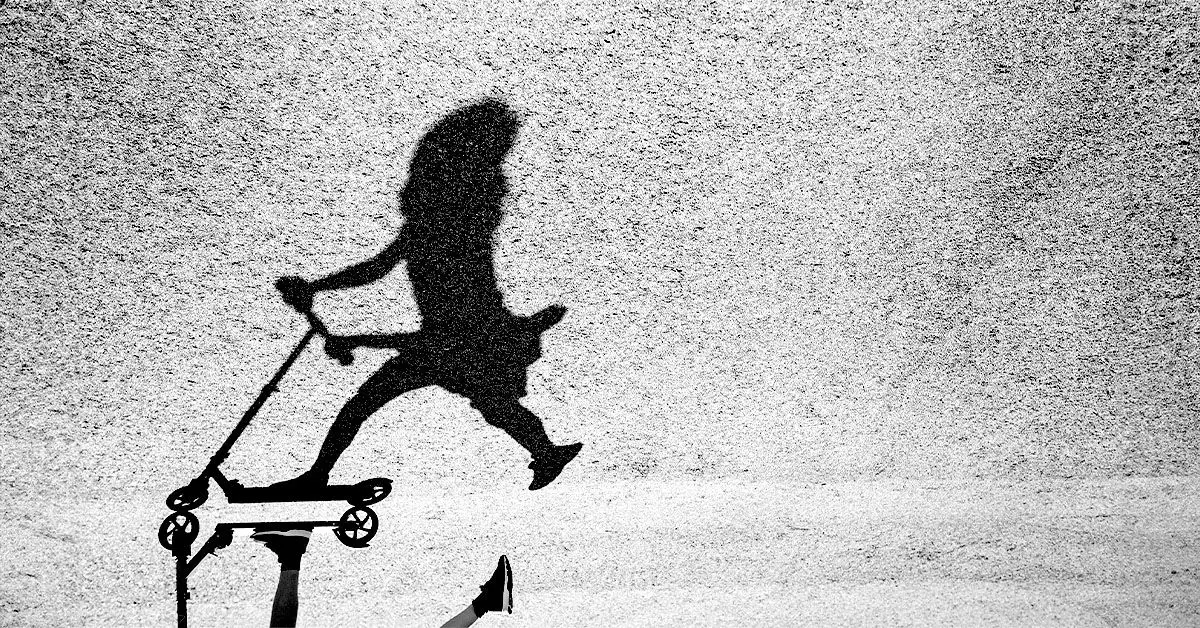Sexual abuse of children is a harrowing reality that can leave indelible scars. Despite a growing awareness of this issue, many adults still struggle to recognize the signs or might be unsure of how to respond effectively. The gravity of this situation necessitates that caregivers, educators, and community members become vigilant observers. This article aims to elucidate the signs of sexual abuse in children, the actions to take when abuse is suspected, and the support services available for affected children.
Children often do not possess the linguistic tools required to articulate experiences of abuse. Consequently, adults must be informed and observant to identify potential indicators of sexual maltreatment. Awareness can serve as a fundamental barrier against the continuation of abuse and can significantly influence a child’s future well-being and recovery.
Understanding the physical manifestations of sexual abuse is critical. A child may exhibit various unexplained symptoms, and these could encompass several alarming signs.
For instance, injuries in sensitive areas such as the genital and anal regions can indicate inappropriate contact. Signs may also include bruising or swelling around these areas, which indicate potential trauma requiring urgent medical examination. Additionally, children suffering from sexual abuse might experience discomfort while sitting or walking, which can be apparent in their demeanor and movements.
Moreover, recurrent urinary or yeast infections are striking and should not be dismissed, as they can further suggest that abuse has occurred. A parent or caregiver noticing torn, stained, or bloody underwear must view this as a significant red flag that requires investigation.
Recognizing these physical cues is paramount, as they can pave the way for intervention and support, helping to ensure the child’s safety.
The impact of sexual abuse often extends beyond the physical realm, significantly affecting a child’s behavior. Sudden academic decline may serve as a warning sign. A child may appear disinterested in schoolwork or exhibit significant changes in grades.
Additionally, withdrawal from social interactions is often a distress signal. If a once-active child begins to isolate themselves from friends and family, this behavioral change may indicate underlying trauma.
Regressive behaviors can also signal distress after trauma. When a child who has previously outgrown certain behaviors, like bedwetting, suddenly reverts to them, it might be a coping mechanism for overwhelming stress.
Other significant signs include an acute fear of particular people or places. If a child is apprehensive or anxious in the presence of someone or cannot bear to visit specific locations, these behaviors must be taken seriously. Furthermore, any emergence of sexual behaviors or knowledge inappropriate for their age should invoke immediate concern and reflect the likely impact of exposure to adult situations.
The psychological ramifications of sexual abuse are profound and can lead to a host of mental health issues. Children may exhibit signs of depression, characterized by persistent sadness or withdrawal from activities they once enjoyed. Anxiety is another common consequence, manifesting as pervasive worries or panic attacks.
Sleep disturbances, including nightmares and insomnia, may develop as a direct response to trauma. Children may express distress through their sleep patterns, potentially waking in terror or refusing to sleep altogether.
Destructive self-perceptions can arise from abuse. Indicators such as low self-esteem, feelings of worthlessness, and self-harming behaviors (like cutting or burning) are critical signs that require immediate attention. Suicidal ideation in children is a severe situation demanding urgent intervention.
When an adult suspects a child might be dealing with abuse, immediate action is warranted. The first step is to create a supportive environment for the child to express themselves. It is crucial to listen without skepticism and reassure them that they are not to blame for what has happened.
In situations where there is clear evidence or significant concern, individuals may have a legal obligation to report their suspicions. Before making a report, it is best to address the child gently and use language they can understand, making inquiries such as, “Has someone hurt you?”
When reporting, it’s vital to communicate any fears regarding potential retaliation from the abuser so that authorities can take necessary protective measures. Knowledge of local statutes, such as those found in the Rape, Abuse & Incest National Network’s state law database, can provide critical information on how best to proceed.
The responsibility of recognizing and reacting to signs of sexual abuse in children cannot be overstated. Adults must remain aware of physical, behavioral, and emotional cues that indicate abuse. Understanding how to respond appropriately can significantly affect a child’s recovery trajectory and overall well-being.
Continued support and reassurance for the child throughout their healing process play an indispensable role in assuring their safety and mental health. Ultimately, a commitment to vigilance, education, and compassionate action can transform the potential for tragedy into a future of healing and hope.

